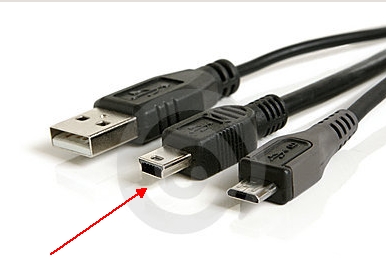im using the pollin rf switches with a cheap china rf send/receiver modul directly at the GPIOs on my RPi rev b. without an arduino… i can´t see any 40% CPU loads… it works without any problem in here and with pimatic… so… maybe the 40% CPU Load depends on a special setup? maybe i can´t just see this? (used tool “top”)
just install the send and receive moduls like you did before… and use the correct device settings after installing the pimatic plugin homeduino
by “correct settings” i mean: use the correct pins for transmitter and receiver! here is a list of the correct correlations:

my plugin:
{
"plugin": "homeduino",
"driver": "gpio",
"driverOptions": {},
"debug": true,
"receiverPin": 1,
"transmitterPin": 0
}
example device:
{
"id": "rfswitch3",
"name": "RFSwitch3",
"class": "HomeduinoRFSwitch",
"protocols": [
{
"name": "switch2",
"options": {
"unitCode": 4,
"houseCode": 28
}
}
]
}
the unitcode works like this:
its just the decimal version of the binary code you used… when im talking about binary code… i mean the dip-switches on the devices… 0 means dip switch down… 1 means dip switch up… read from left side means 01001 = ▼▲▼▼▲ <- the second and the last are "up"
switch Number 1 = 16
switch Number 2 = 8
switch Number 3 = 4
switch Number 4 = 2
switch Number 5 = 1
so… a unitcode of “4” means switch number 3… on your device with the dip-switches, you use “00100” ▼▼▲▼▼… <- the third is “up”…
the houseCode is the systemcode and works like this:
its just the decimal version of the binary code you used…
for example: 11010 = 26
if you don´t know how to convert binary<->decimal… use this website (or one of the thousend others): http://www.exploringbinary.com/binary-converter/








